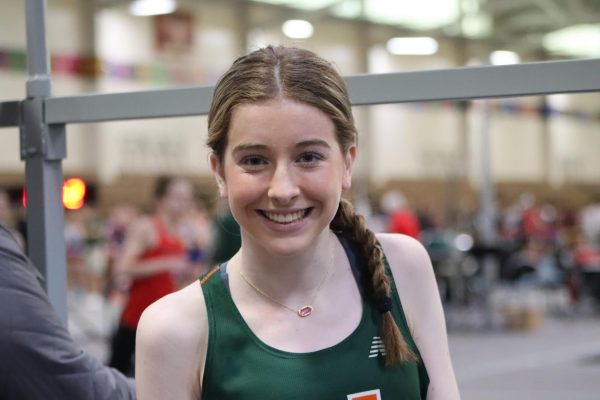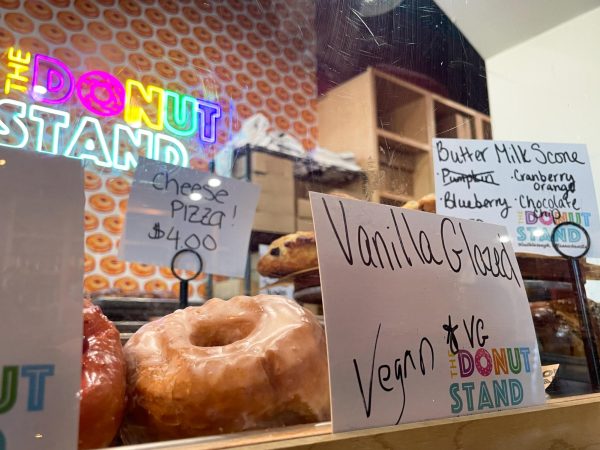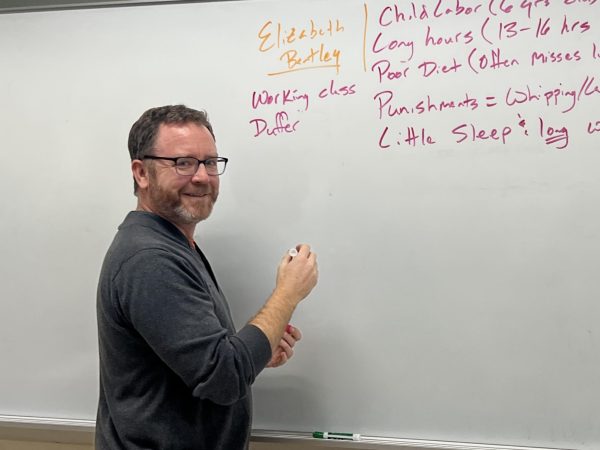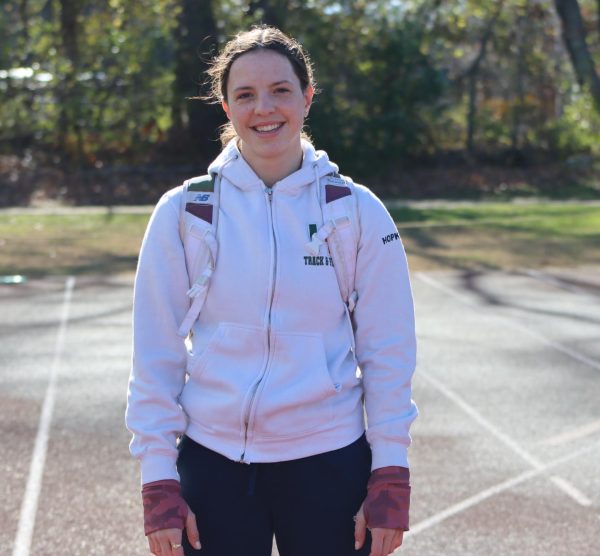What It Takes To Create a 48,000 sq. ft Video Game, In the Physical World?
Level99 Entrance Tunnel
A pirate’s ship, a zombie warehouse, a ninja theme, and a retro video game vibe are elements in a new game called Level99. This game cannot be downloaded, and it is not played on a phone, an Xbox, or a virtual reality headset.
No, it’s not played in the MetaVerse either. This game takes place in the RealVerse and is played at the Natick Mall in Natick, Massachusetts.
A 48,000 square foot entertainment venue designed for adults, Level99 is about the size of a football field and is located in a former Sears store. The site has scavenger hunts and arenas where players compete against each other, and it houses more than 40 different rooms. Some are the size of a walk-in closet, while others are similar to a large bedroom. Each room is enclosed, presenting a surprise for players to discover.
Walking into a room sometimes means entering a modern art museum or an Aztec Temple. Each room fits into one of 18 different themes with which players are likely familiar. Players face different challenges in a room, but these are not escape rooms. Instead, the rooms are giant, immersive, life-size games. Some are physical and require a certain level of coordination and strength, but others rely on logic and are giant brain teasers, and all of the rooms require teamwork.
Unlike a video game that can be played anywhere, a Level99 experience can only happen in one place and cannot be recreated on a screen or in a living room. If not for the amount of technology involved, Level99 would almost be a quaint experience as it requires that players leave their houses and make a plan with friends to play and socialize in the physical world.
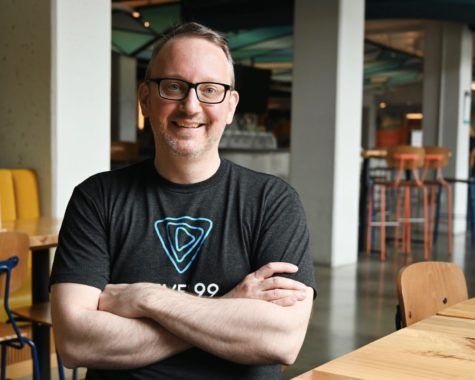
The creativity involved in this project is enough to make one jealous of the people who designed it. One of those people is CEO Matt DuPlessie, who has been in the amusement and entertainment industry for more than 20 years. He is always trying to brainstorm new ideas and often goes to sleep thinking about different designs.
“When you go to bed thinking about a design challenge, your mind just keeps processing as you are sleeping, and your subconscious starts filling in the blanks,” said DuPlessie.
The mind putting together different concepts and ideas while no active brainstorming is known as diffused thinking. It occurs when someone is exercising, showering, cooking, and in many cases, including DuPlessie’s, sleeping. For DuPlessie, this mode of thinking has allowed him to develop ideas for his first business, 5 Wits, and the concept behind Level99.
DuPlessie decided he wanted to further explore the combinations his brain made while he was sleeping, but he did not wake up, run into his garage, and furiously start cutting wood to make a prototype. Instead, DuPlessie worked on a PowerPoint. For months.
As DuPlessie and his team created their presentation, they asked questions to help refine the concept, allowing them to figure out precisely what the idea was and explain it concisely.
“We decided it’s about the gameplay. It’s about the challenge. It’s about what [the players] get to do, collaboratively, socially, as a group,” said DuPlessie.
This presentation was also valuable when explaining to others outside the core team what Level99 is, especially investors who helped bankroll the low 8-figure project.
“We decided it’s about the gameplay. It’s about the challenge.
— Matt DuPlessie
The next phase was designing the different rooms that would comprise Level99. From the months spent fleshing out the idea, the team knew that the rooms had to be a kinetic experience.
Unlike popular art immersives, they did not want a place where visitors were passively exploring imaginary worlds; instead, all of the rooms had to have an objective.
Creating physical rooms that are both immersive and game-like requires cross-discipline collaboration, so DuPlessie made sure his team consisted of engineers and members from the creative department, including set designers and graphic designers.
“I would very much characterize both roles as creative,'” said DuPlessie. “[But], the engineer tends to be more technically focused, and the person in the creative department tends to be more focused on aesthetics.”
Designers focus more on what players will experience in a room, and they have more responsibilities relating to the set, sound, and lighting. The engineers work on building out these ideas. Having a team with both roles allows for both originality and practicality.
Even with such a team, the creativity of the challenges, such as a room that makes a game out of the familiar fictional scene of walking the plank, makes one wonder how someone came up with such a variety of ideas.
“Some think that the right design, you [get] by having an inspiration, one idea, and then just continually massaging that idea and trying to make it better and better,” said DuPlessie. “I think you get better outcomes starting with a very wide array of ideas that you sort through over time, test, and select.”
DuPlessie gives his team a quota to fill to get that collection of ideas. All members, designers, and engineers, must think of three ideas that fit within specific parameters determined based on what Level99 is missing. For example, the team might decide that a new room with a futuristic theme needs to be created, and it has to be an intellectual challenge.
Everyone in DuPlessie’s 10 to 12 person team must produce three “one-sheets,” or what other design practitioners know as one-pagers. These are regular 8.5 by 11-inch sheets of paper with the name of an idea and a visual representation that could be a sketch, clips of different photographs from the web, or anything that best shows the idea.

The next time the team meets, they collectively have around 30 different ideas. Because of the thorough thinking that making a “one-sheet,” requires, members can more easily explain their ideas to the rest of the group.
Repeating this process around 67 times led to DuPlessie’s team brainstorming about 2,000 ideas which the team eventually narrowed down to the 43 rooms currently at Level99.
During the selection process, the team discusses the pros and cons of each idea to select a few to explore further.
An engineer and a creative team member then pair up and start making a paper or sketch prototype of the idea. The purpose is to create something, within a few hours, out of paper or cardboard to see if there is a compelling aspect of the concept.
“There’s no way we have the details right yet, but is there something at the core that is exciting and interesting about the idea,” said DuPlessie.
If there is, another more refined version is made, typically a prototype made of wood with electronic components. Individuals outside the core team play with the model, and the team can observe how people interact with the game, how challenging it is, and how enjoyable it is. The team adjusts the idea from this feedback, and another, more detailed mock-up is created— this time with even more resemblance to the final room.
Going through this process of iterating through multiple models gives the team a robust understanding of what they are trying to create, allowing them to make well-thought-out design choices about how the final challenge and room should feel, sound, and look.
Even though Level99 is not low-tech, the atmosphere does not rely on virtual reality or screens. Instead, the rooms are made immersive by manipulating their physical properties. Sometimes that means caliginous lighting in a room with concrete walls and a mysterious bend to give a zombie warehouse feel.
“We have [players] physically coming to us,” said DuPlessie. “We [want] to make a space that is real, that they can’t get anywhere else, and that they haven’t been in before.”
To that extent, every room’s challenge happens in person and is authentic. There is no haptic feedback attempting to simulate a real-life situation. The entire game is tangible. The physicality of it all is a reminder of the experiences that cannot be recreated virtually.


